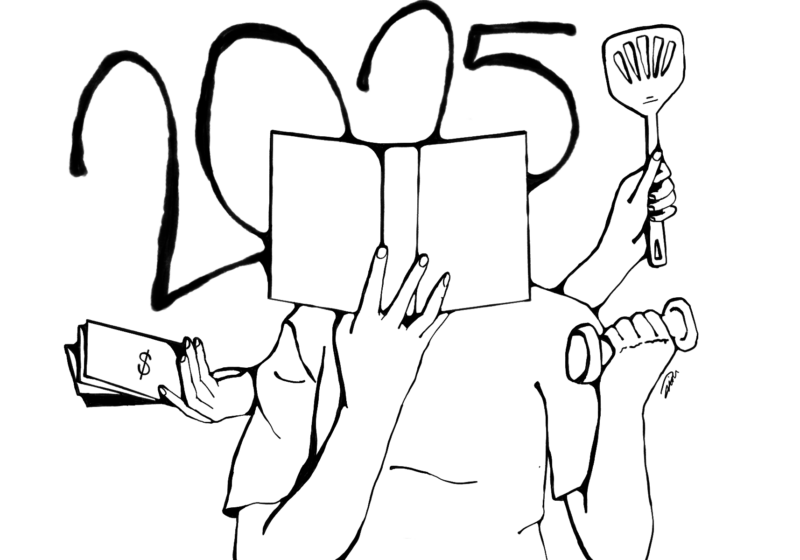Karl Marx is generally known for the economic theories he promulgated, which led to authoritarian regimes around the world, and to the Cold War. But, recent British scholarship has shown that the bearded revolutionary had a lighter side as well. Specifically, excavation at the British Museum Reading Room has uncovered a manuscript which modern scholarship is cautiously calling The “Rom-Communist Manifesto.” As the researcher who found it, Jeremy Corbyn, points out, “This really offers a revolutionary perspective on communism, and pop culture. Marx has a lot of insights in here; from showing that the bromance has to take hold before we can have the revolution of the platonic relationship. In his theory, of course, we see a withering away of the state of friendship, leading to full-fledged love. All of this follows dialectic of course; the thesis of girl meets the antithesis of boy to make—well—the synthesis of the relationship. I would be curious to see whether Lenin or Trotsky wrote anything in a similar vein; about state seizure of obvious plot devices, for example. Stalin certainly seems to have abandoned the ‘Mandatory Happy Ending’ Theory.” Ideology is indeed proving to be a different lens from which to examine the genre. Of course, there are a few skeptics who doubt the provenance of the so-called manifesto. To be sure, the fact that it is written in English and in comic sans is a bit damning. As one critic points out, however, Marx’s opening line suspiciously says that “A spectre is haunting Europe—the spectre of Colin Firth.”
Tentarelli is a member of the class of 2017.



